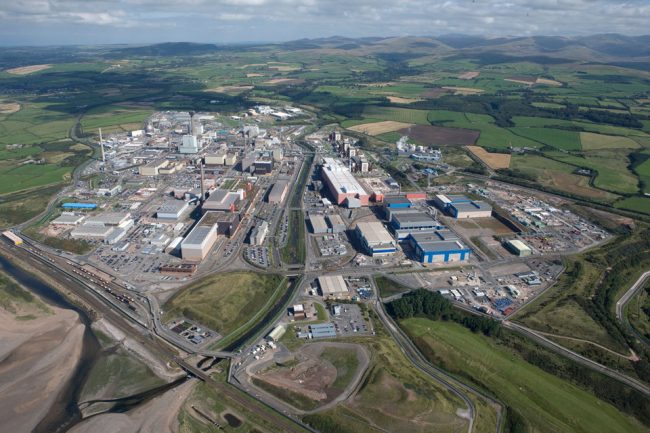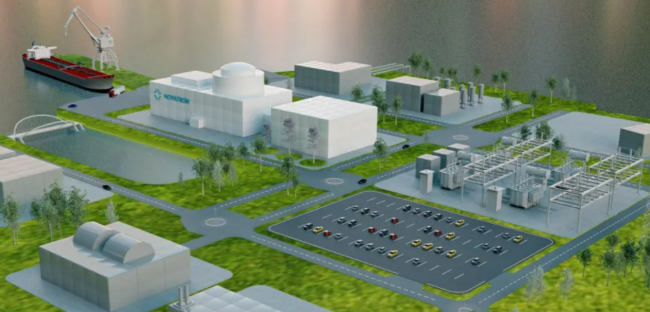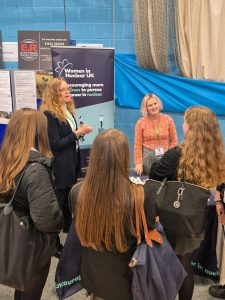Sellafield has awarded a new £4.6 billion high hazard risk reduction framework contract to Amentum (remediation and hazardous waste retrieval), Atkins Realis and Altrad (decommissioning and nuclear waste management.), through the Decommissioning and Nuclear Waste Partnership (DNWP).
The framework agreement will focus on the retrieval, storage and treatment of waste materials from the oldest facilities on the site and will be in place for 15-years.
All the companies involved with develop a sustainability plan to enhance collaboration with local priorities, ROI and delivering impact.
James Riddick, Sellafield Ltd chief supply chain officer, said:
“Cleaning up the legacy of historic operations on our site is at the heart of our mission. It is important that we achieve this safely, efficiently, and sustainably – our supply chain, and this partnership plays a key role in that.
We’re pleased to welcome our new partners. Their specialist capabilities and teams, working alongside our skilled Sellafield workforce, will help us deliver our mission and drive progress both on site and across our wider community.
Just as importantly, these partners share our values and our commitment to creating lasting social value for the communities we serve.”
Check out the original release; https://www.gov.uk/government/news/sellafield-ltd-awards-high-hazard-risk-reduction-framework-contract
Picture: gov.uk












